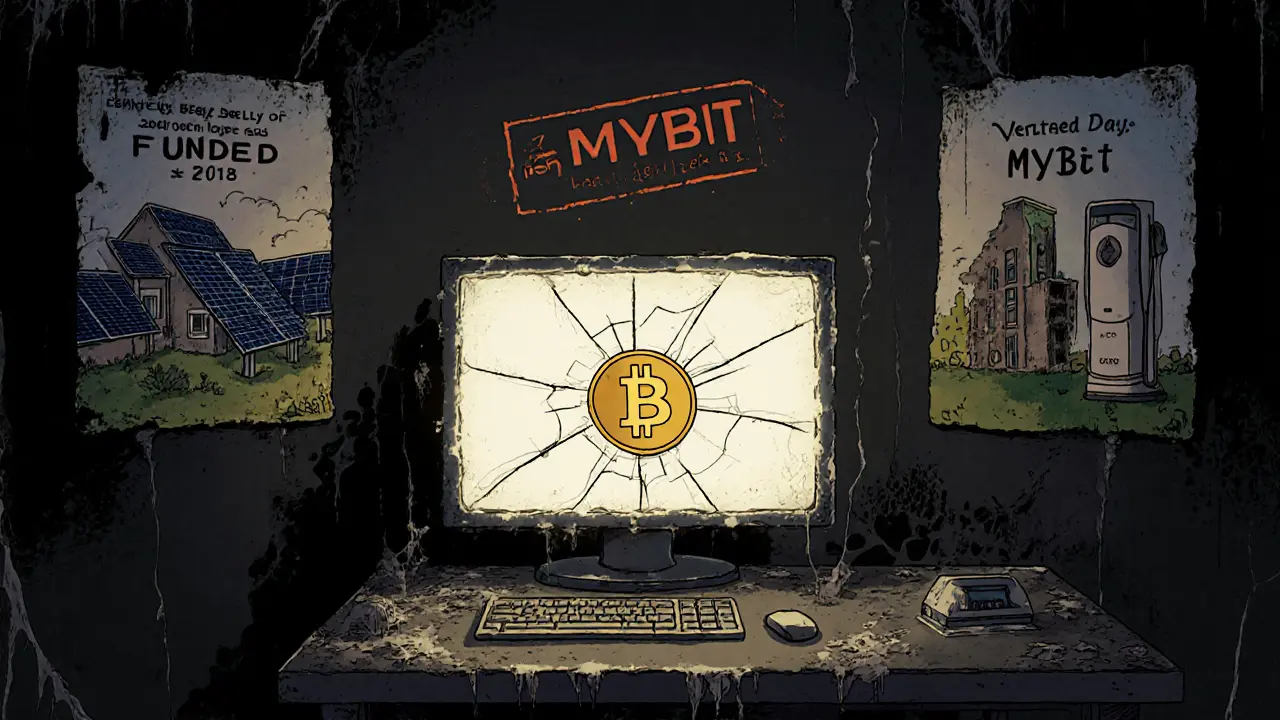ERC-20 Token: What It Is, How It Works, and Why It Powers Most Crypto
When you buy a crypto coin that isn’t Bitcoin, chances are it’s an ERC-20 token, a standardized type of digital asset built on the Ethereum blockchain. Also known as Ethereum token, it’s the reason you can trade thousands of coins like UNI, LINK, or AAVE—all without needing a new blockchain for each one. Think of it like a universal plug: no matter what device you have, if it fits the standard outlet, it works. ERC-20 is that outlet for Ethereum.
This standard defines how tokens behave: how they’re transferred, how balances are checked, and how apps can talk to them. It’s not a coin itself—it’s a rulebook. And because every developer follows the same rules, wallets like MetaMask, exchanges like Uniswap, and DeFi platforms like Aave all know exactly how to handle any ERC-20 token. You don’t need to learn a new system for each one. That’s why over 90% of all tokens on Ethereum use ERC-20. It’s not magic—it’s just smart design.
Behind every ERC-20 token is a smart contract, a self-executing program on the Ethereum network that enforces the token’s rules. This contract holds the total supply, tracks who owns what, and handles transfers. No middleman. No bank. Just code. That’s also why security audits matter—because if the contract has a flaw, the whole token can be drained. You’ve seen it happen: tokens with no real code review get hacked, and users lose everything. That’s why some of the posts here dig into audit costs and how to spot a risky token before you buy.
ERC-20 tokens aren’t just for trading. They’re used to vote in DAOs, earn rewards in yield farms, unlock in-game items in GameFi, or even represent real-world assets. That’s why you’ll find posts here about Voxies (VOXEL), Fellaz (FLZ), and even fake airdrops pretending to be ERC-20 tokens. The standard makes it easy to create tokens—but it doesn’t make them valuable. You still need to ask: Who’s behind it? Is there real usage? Or is it just a name on a blockchain?
And because ERC-20 runs on Ethereum, it’s tied to its network fees, speed, and upgrades. When Ethereum gas prices spike, so does the cost of sending or swapping these tokens. That’s why some projects are moving to alternatives like Solana or Fuse—but ERC-20 still dominates because it’s the most trusted, battle-tested system out there. It’s not perfect, but it’s the baseline everyone knows.
What you’ll find below are real stories about ERC-20 tokens in action: how they’re used, how they fail, who’s behind them, and what you need to watch out for. Some are legit projects with real users. Others are scams dressed up like the real thing. Either way, understanding the standard helps you tell the difference.

